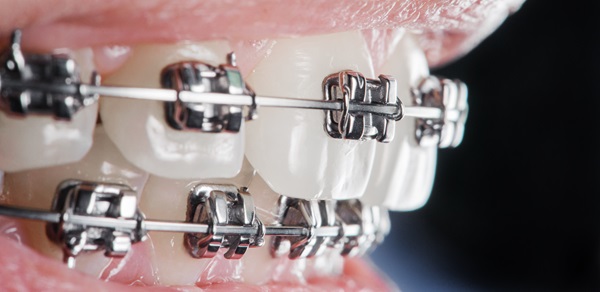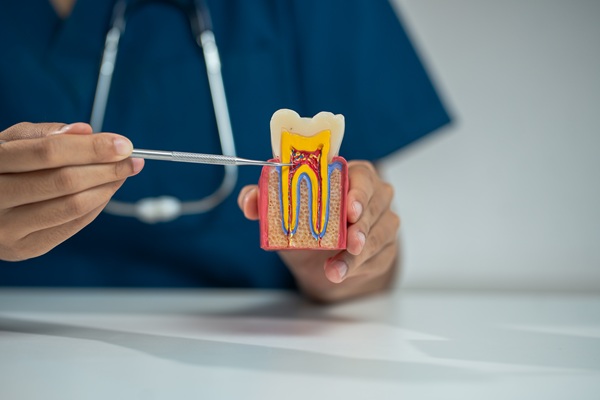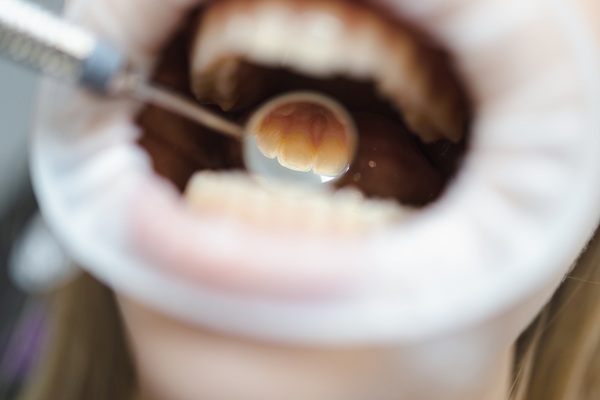Your smile is not just for show and aesthetics. It also mirrors the status of your overall oral health. One important aspect of maintaining a healthy smile is to make sure you have a proper bite or occlusion in the dentistry world. So, why do you think we also need to give importance to our bites? Occlusion is not just about chewing food well enough to swallow, it also refers to how your upper and lower teeth align when you close your mouth.
Unfortunately, in the land down under, many people encounter issues when it comes to occlusion. When this is left untreated, this can lead to a series of problems extending beyond mere aesthetics. Curious about more? Read through this article to get a closer look into occlusion, exploring prevalent issues and how orthodontic solutions can help achieve that healthy and functional bite.
Grasping Occlusion and Its Significance
Having a correct bite or proper occlusion is when your teeth come together in a way that facilitates efficient chewing, speaking, and optimal jaw function. Ideally, your upper front teeth should slightly overlap the lower front teeth, while the cusps (bumps) on the chewing surfaces fit snugly into the grooves of the opposing teeth.
Here are the reasons why maintaining a correct bite or good inclusion is important to your oral health:
- Efficient chewing: Proper alignment of your teeth facilitates the breakdown of food, promoting effective digestion and nutrient absorption.
- Clear speech: When your teeth are in the correct placement and position, it can help you speak clearly and can aid in clear pronunciation and enunciation of words.
- Reduced jaw strain: A balanced or properly aligned bite minimises stress on the jaw joints and muscles to eliminate discomfort and potential pain.
- Enhanced aesthetics: A well-aligned set of teeth contributes to a more pleasing smile and facial symmetry.
Common Occlusion Issues in Australia
There can be several reasons that contribute to bite or occlusal problems among Australians. Malocclusion is a general term in dentistry for any type of misalignment of teeth. This can include crowding, overbite, underbite, crossbite, and open bite. Let’s tackle these occlusal issues one by one:
Crowding
Not enough jaw space can lead to crowding of teeth and misalignment. This can lead to difficulty cleaning teeth, increased risk of cavities and gum disease, and speech impediments.
Overbite
The standard overbite is within 2-3 millimeters. More than that can lead to different oral problems. In severe cases, the lower front teeth may even bite into the gum tissue behind the upper front teeth, which causes damage and discomfort.
Underbite
The lower front teeth stick out further forward than the upper front teeth. This may cause difficulty biting and chewing, speech problems, and jaw pain.
Crossbite
This means one or more upper teeth bite inside the lower teeth instead of fitting outside. This can occur on the front or back teeth and can lead to uneven tooth wear, jaw problems, and difficulty chewing.
Open bite
This happens when the front teeth don’t touch when you close your mouth. This can make biting and chewing difficult and can also affect speech.
How Orthodontics Can Foster Optimal Occlusion
For these types of problems, having a chat with an orthodontist could be the answer you’re looking for. Orthodontics focuses on correcting misaligned teeth and jaws. Orthodontists, who are dental specialists with advanced training, use various tools and techniques to gradually move teeth to where they’re supposed to be. Here are some occlusal solutions that orthodontists can recommend for occlusion issues:
- Braces: Traditional metal braces, comprising brackets bonded to each tooth and connected by wires, exert gentle pressure to shift teeth over time. While metal braces are highly effective for various occlusal problems, they can be quite visible.
- Clear aligners: Invisalign® and similar clear aligner therapies utilise transparent, removable trays to gradually adjust teeth positions, offering a discreet alternative to braces.
- Headgear: Sometimes used alongside braces to apply additional force for specific tooth movements. Headgear is typically worn for several hours a day and consists of a strap around the head that connects to hooks on the braces or attachments on the aligners.
- Palatal expanders: These devices widen the upper jaw to create space for crowded teeth. Palatal expanders are most effective when used on younger patients whose jaw sutures haven’t fully fused yet.
Finding an Orthodontist in Australia
Consulting an orthodontist is what you need if you’re concerned about your occlusion. Here’s how to locate a qualified orthodontist in Australia:
- Seek a referral from your dentist.
- Explore online directories of the Australian Society of Orthodontists (ASO) or the Australian Dental Association (ADA) (Bellevue Hill Dental dentists belong to these organisations).
- Consider factors like location, experience, offered treatment options, and patient reviews when selecting an orthodontist.
A Healthy Bite for a Radiant Smile
Occlusion plays a pivotal role in oral health and overall well-being. If you’re grappling with any occlusal issues in Australia, orthodontic treatment can be a transformative solution to your unending pain. With the expertise of an orthodontist and a tailored treatment plan, you can attain a healthy, functional, and confident smile.
Talk to our orthodontists at Bellevue Hill Dental! We are happy to serve you with the most favourable solution to your occlusion problems to make sure your teeth are aligned and at optimal function. Call us at +61 2 5849 6569 to discover your options.




